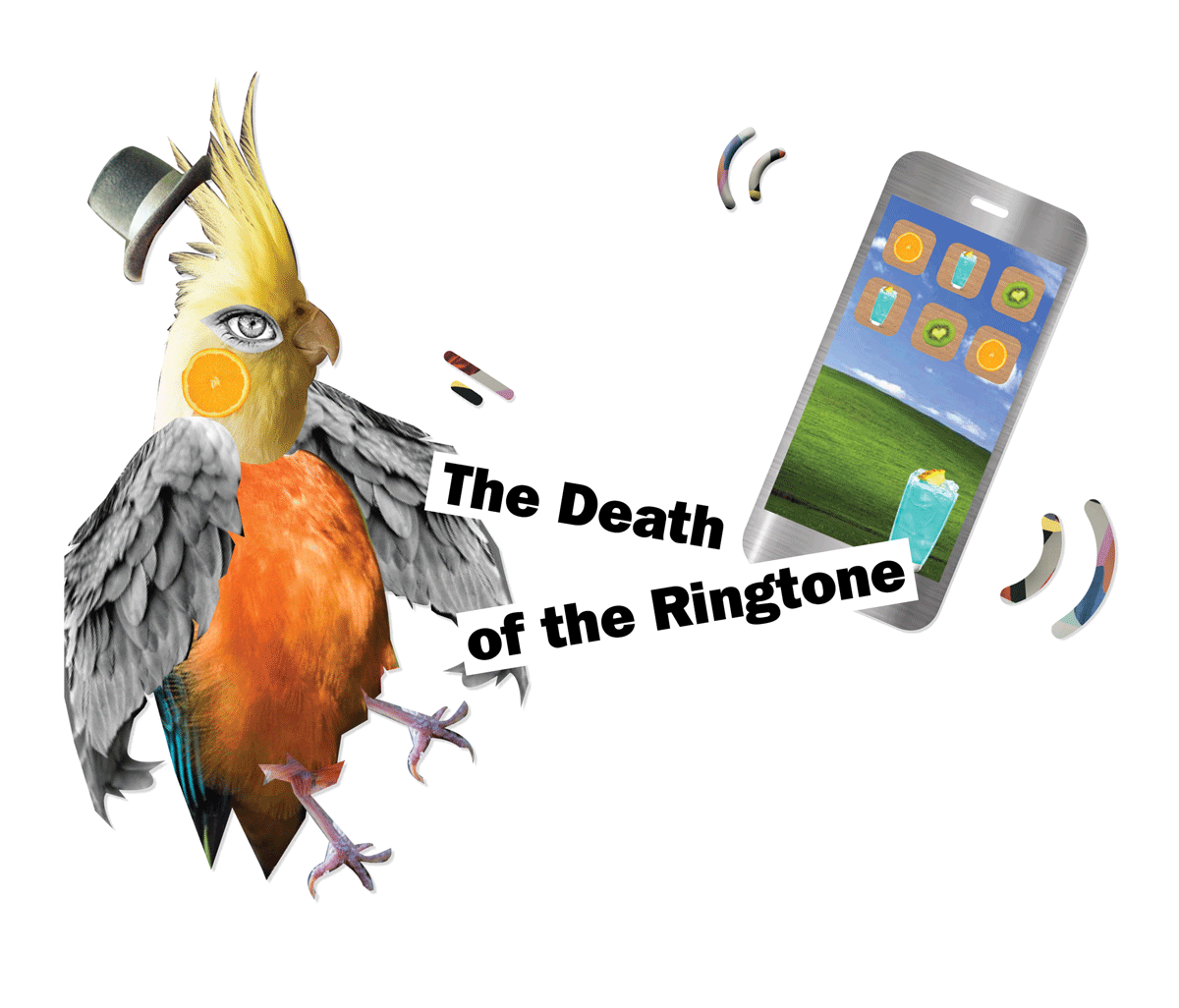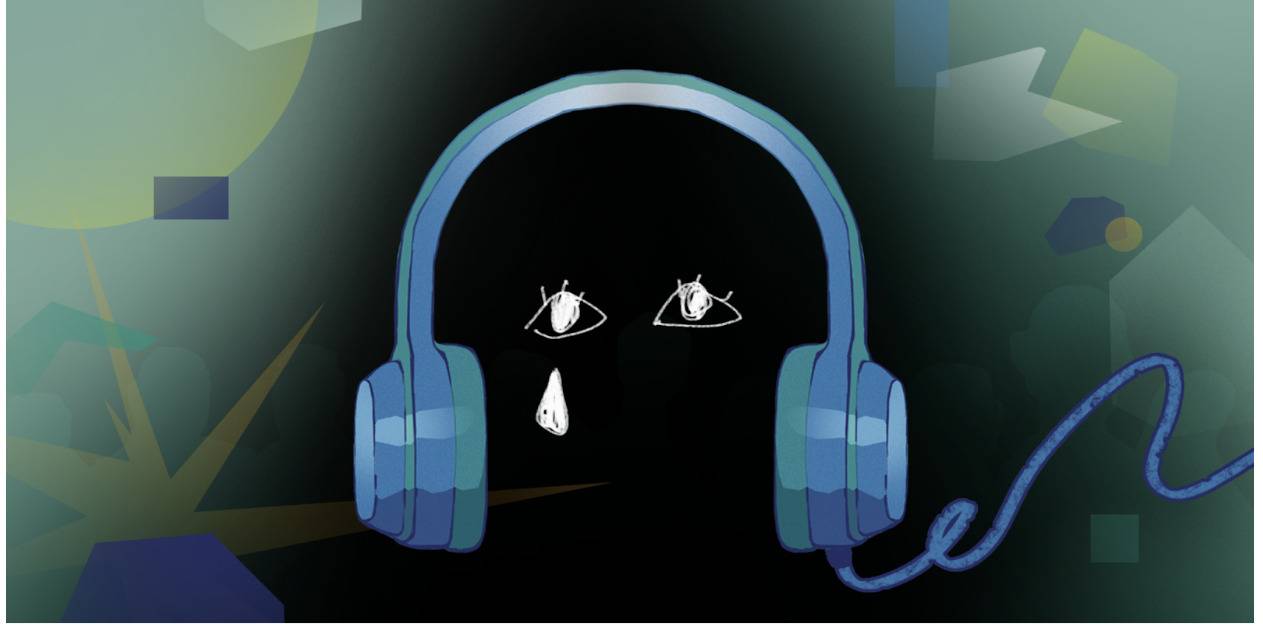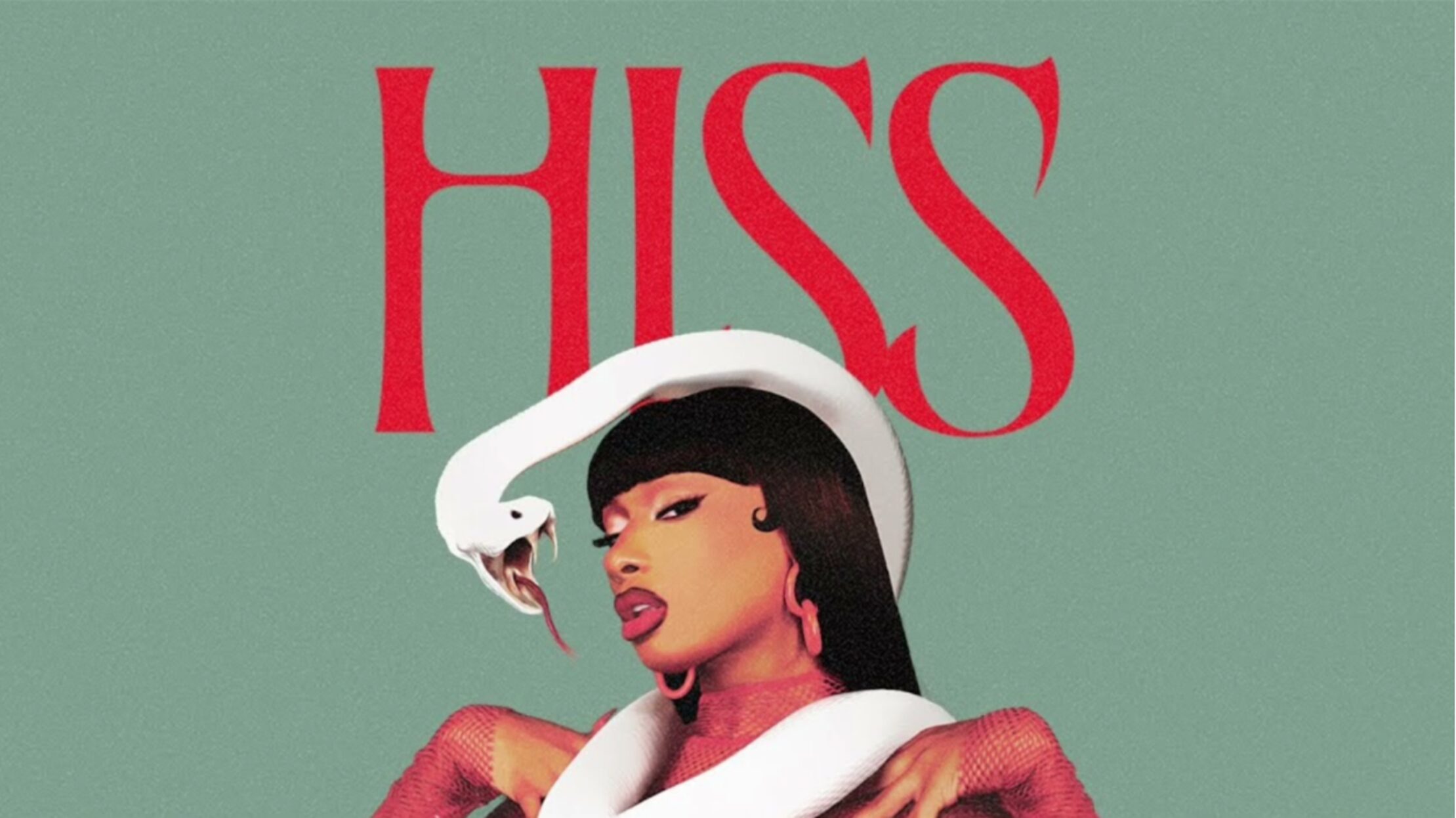My cockatiel Princess has learned several of the most popular iPhone ringtones. Her favorite is “Radar.” But she also knows, “Xylophone,” “Signal,” and “Opening.” (She can also mimic the Facebook pull-to-refresh sound with impressive fervor).
Cockatiels don’t always mimic, but they can learn Contact Calls to communicate things to their human companions like, “Come here!” or “I’m safe, are you?” They pick specific sounds that will capture our attention as quickly and clearly as possible. What my cockatiel has selected for me just so happens to be trademarked by one of the most powerful tech giants in the world.
And that’s not her fault, it’s mine. She noticed that I woke up to “Radar.” Every day, at 7 a.m. When Sunday rolled around she noticed I didn’t set the alarm. So Princess took it upon herself to fill in for my off-duty alarm clock. I’ll just change the alarm sound then, I thought, “Xylophone” is fine. Princess couldn’t be fooled. She learned that ringtone, too. And the next, and the next.
Just last year, Apple’s data reported 1.3 billion active devices including MacBooks, iPhones, iPads, Apple Watches, Apple TVs. We wake up to our devices, store them in our pockets, and react to their beck and call. We care how they look, their size, shape, the high definition of the display, the quality of the internal camera. We care about new emojis, facial recognition capabilities, whether the screen will crack when we drop it, but we don’t care about what our notifications will sound like.
If you’ve ever browsed the ringtone options under an iPhone’s sounds folder, you might have thought to yourself: “These are awful.” Vague beeps, chirps, and twinkles, repetitive arpeggiations and sequences from an electronic synthesizer, all several seconds-long but looping. Some are annoying, some corny, some flat out grating. But you’re in luck! If “Old Car Horn,” “Time Passing,” or “Boing” don’t tickle your fancy, you have 89 similarly disappointing options to choose from.
The origin story of the 25 original Apple iPhone ringtones is a bit of a mystery in the tech industry. Apple has never credited a composer for the device’s default and well-known sounds. There is no mention of a sound designer in Walter Isaacson’s 2011 biography of Apple co-founder Steve Jobs.
n 2013, Apple Insider discovered that Owl City’s Adam Young, the musician behind the 2009 smash hit Fireflies, had listed working with Apple on “sounds for iOS7” under his discography. What exactly his role was in the creation of Apple’s sound is unclear. What we do know is that the sounds added to the original 25 ringtones were crafted from electronic instruments, while the classics were meant to sound as close to real-world instruments as possible.
Apple Insider also noted that Young could have potentially worked with Apple to remaster the older sounds for iOS 7. Regardless of who might have created or remastered these sounds, here they are. They’ve followed us into 2019.
In 2006, I treasured my 0.3 minute-per-text Motorola V170 flip phone, and there was nothing I wanted more than the $2.99 Fergalicious ringtone. Fergie’s distinct “T-T-T-T-T Tasty, Tasty” would let the rest of my 6th grade class know exactly who was coming around the corner of our middle school hallways. But now, the iPhone “Ping!” is practically universal, and it seems impossible to escape, say, the sound of a digitized marimba, ringing from the front row of the NY Phil during the quietest part of Mahler’s Ninth. Making us think “Is that my phone?” This sonic ubiquity has us fumbling through pursues, digging into pockets and back packs to turn our ringers off in universities, museums, workplaces, and dentist offices. We’ve relinquished control over our public sonic identities with a blind complacency. Apple’s sonic branding has become integrated into your lives. For one million dollars, could you tell me what an Android ringtone sounds like?
We need expertly designed sounds that enrich our lives, make us healthier, and provide us with choices that suit our independent wants and needs at any given moment. Can we imagine a world with better ringtones, message alerts, and alarms? Research has shown that our phone’s jolting sounds can actually have a negative impact on sleep patterns and mental health. Researchers have also offered solutions for better living when it comes to the sounds fed to us by our devices. For example, pink noise (think white noise, but with lower frequencies) or brown noise (think white or pink noise, but without any high frequencies) can substitute literally any of the iPhone jingles as a better alarm.
Though nobody has claimed the iconic iPhone “marimba” jingle as their own creation, some speculate that it was born out Steve Job’s desire for a high fidelity, sophisticated ringtone, straying from the MIDI 1902 guitar riff found on the Nokia.. You might argue that utilizing an 18-note marimba melody as a ringtone is useful, not wholly awful. It’s true that “marimba” is actually fairly similar to the original Bell Ringer that sounded when Alexander Graham Bell made the first phone call in 1876- easily detectable to the human ear registering just between 2 to 4KHz. But tell me, in 2019 does this sound spark joy?
Some consider 1995 the year the ringtone died. Nokia had just patented the button-operated vibration feature for mobile phones. Considering phones are no longer landline-locked and they’re almost always touching our bodies, it makes sense for our devices to naturally default to vibrate or silent. Sound serves us not.
With an exponentially increasing functions of our phones for (emailing, task tracking, texting, face-timing, photographing, health monitoring, social media posting, and more) we’ve effectively transitioned into relying on our on-screen notifications, eliminating any need for an auditory alert. In fact, if you own an iPad Pro 11-inch, iPad Pro 12.9-inch, iPhone X or later, your phone will default to an Attention Aware feature. By simply looking at your phone your device will intelligently respond by lowering the volume of your alerts.
With the latest release of iOS 12, Apple has designed features to make our experience “faster, more responsive, and more delightful.” Do Not Disturb during Bedtime will allow you to dim your display and silence your device overnight until you unlock your iPhone the next morning. You can create schedules for the Do Not Disturb setting so that your phone will silence itself during certain events or parts of your day. Apple won’t create devices with better sounds, but they don’t seem to mind providing solutions for us to shut them up indefinitely.
Many tech forecasters have speculated online about what the yet-to-be-released iOS 13 has in store for iPhone users. Unfortunately, it seems as though redesigned ringtones will not be included on the list of new features. There may come a day that these little ditties are finally laid to rest. But until that day, “marimba” lives. Now if my bird could only learn Fergalicious.






















